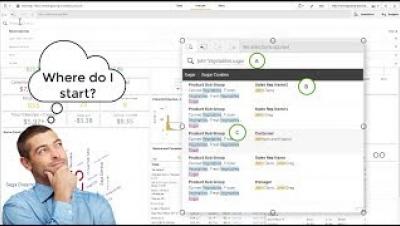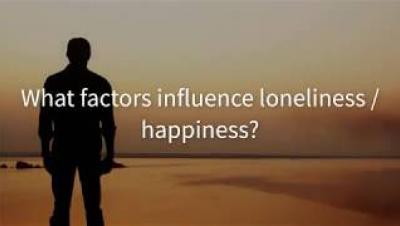Systems | Development | Analytics | API | Testing
BI
Yellowfin's product roadmap: automated analytics, mobile, and data interpretation
Data Matching and Combinations Using Large Data Sets
When doing data matching with large sets of data, consideration should be given to the combinations that can be generated, and it’s associated effects on performance. This has an effect when using Talend’s Data Integration Matching and Data Quality components. Matching routines do not scale in a linear fashion.
Spring Cleaning
Ever find yourself in your closet searching for an article of clothing or trying to squeeze one more hangers on the rack? I took the better part of the afternoon on Saturday to clean out my closet. It made me realize a few key things. I am a pack rat and this clean up exercise took way longer than I thought. I anticipated the exercise taking 30-45 minutes tops. How hard could it be? What I discovered 3 hours later is I keep too many unnecessary items.
Stitch: Bringing Data Together to Create Easy-to-Read Dashboards in Looker
Microsoft Azure & Talend : 3 Real-World Architectures
We know that data is a key driver of success in today data-driven world. Often, companies struggle to efficiently integrate and process enterprise data for fast and reliable analytics, due to reliance on legacy ETL solutions and data silos. To solve this problem, companies are adopting cloud platforms like Microsoft Azure to modernize their IT infrastructure.
Yellowfin Bytes: How to Manage Yellowfin Signals
Last year, Yellowfin changed the world of business intelligence and analytics with the introduction of Yellowfin Signals. We automated data analysis, removed dashboard dependency, and sped up the process where you would get alerted to the most important changes in your business data, just ask AeroEdge.
2019 Gartner Bake-Off - Qlik Full Demonstration
6 Ways to Start Utilizing Machine Learning with Amazon Web Services and Talend
A common perspective that I see amongst software designers and developers is that Machine Learning and Artificial Intelligence (AI) are technologies which are only meant for an elite group. However, if a particular technology is to truly succeed and scale, it should be friendly with the common man (in this case a normal software developer).
All the Ways to Connect Your Azure SQL Data Warehouse with Talend
Azure SQL Data Warehouse (DW) has quickly become one of the most important elements of the Azure Data Services landscape. Customers are flocking to Azure SQL DW to take advantage of its rich functionality, broad availability and ease-of-use. As a result, Talend’s world-class capabilities in data integration, data quality and preparation, and data governance are a natural fit with Azure SQL DW.








